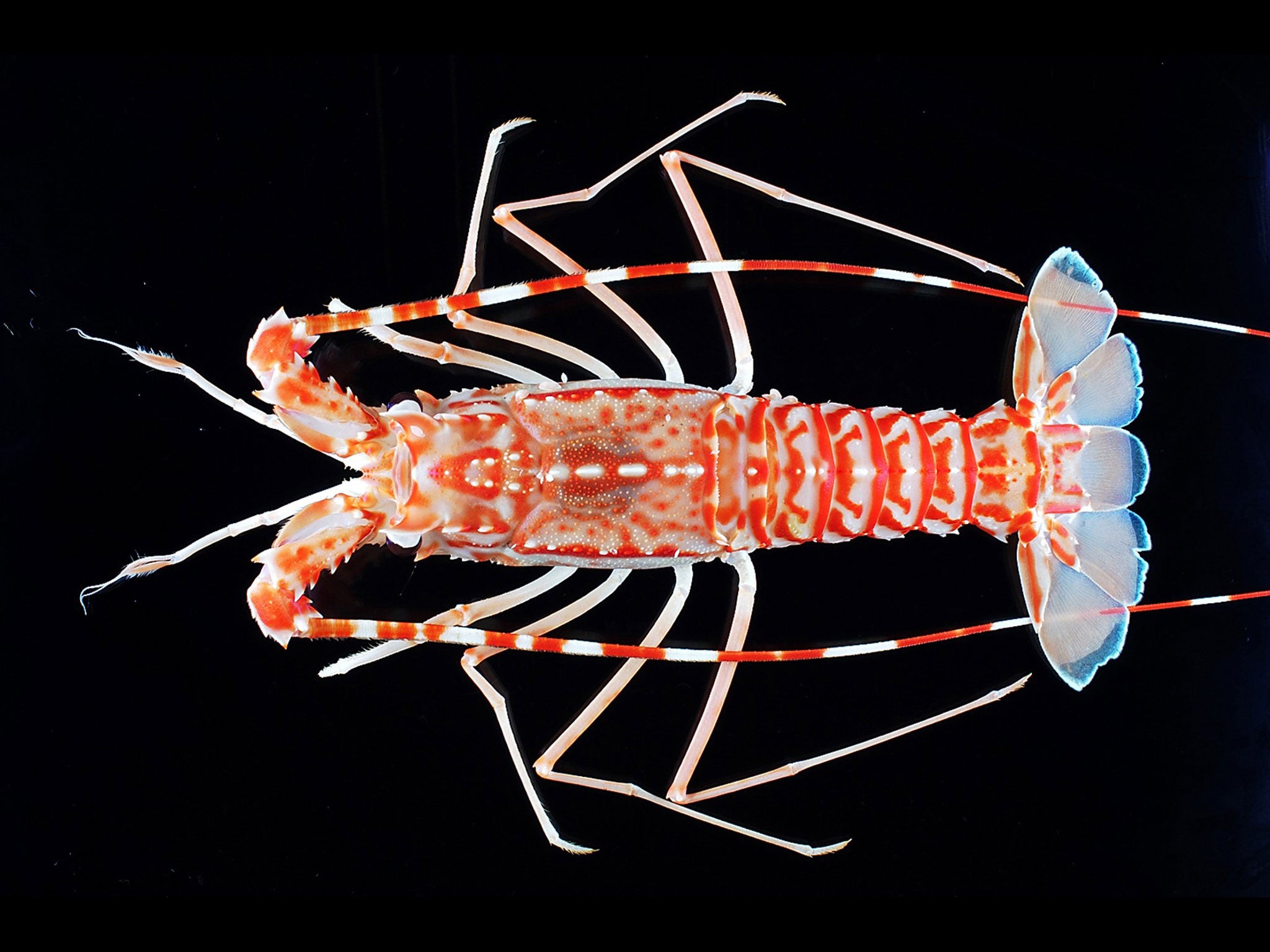Animal kingdom is smaller than we thought (but that’s good news)
New, lower estimate means every plant and animal could be catalogued by the year 2100

Your support helps us to tell the story
From reproductive rights to climate change to Big Tech, The Independent is on the ground when the story is developing. Whether it's investigating the financials of Elon Musk's pro-Trump PAC or producing our latest documentary, 'The A Word', which shines a light on the American women fighting for reproductive rights, we know how important it is to parse out the facts from the messaging.
At such a critical moment in US history, we need reporters on the ground. Your donation allows us to keep sending journalists to speak to both sides of the story.
The Independent is trusted by Americans across the entire political spectrum. And unlike many other quality news outlets, we choose not to lock Americans out of our reporting and analysis with paywalls. We believe quality journalism should be available to everyone, paid for by those who can afford it.
Your support makes all the difference.How many species are there?
It was a question that fascinated Charles Darwin, and generations of biologists who followed him, with recent estimates ranging from a few million to as many as 100 million – now scientists believe the true number of animals and plants is nearer to 5 million.
The incredible diversity of life on Earth and the sheer scale of the taxonomic problem have mesmerised biologists trying to figure out the total number of living species. But a group of biologists believes the actual number is considerably smaller than previously estimated.
A significantly lower estimate for the total number of animals and plants on the Earth today has important implications for estimating how many species are going extinct, as well as the success of attempts to conserve wildlife, the scientists said.
They also believe that because there are only about 5 million species, rather than there being 10 or 20 times this number, there is a realistic prospect of being able to identify and catalogue most of these organisms by the end of the century, which would defy predictions that a majority of species could go extinct without us ever knowing about them.
“Overestimates of the number of species on Earth are self-defeating because they can make attempts to discover and conserve biodiversity appear to be hopeless,” said Professor Mark Costello of the University of Auckland in New Zealand, one of the three authors who carried out the study published in the journal Science.
“Our work suggests that this is far from the case. We believe that with just a modest increase in effort in taxonomy and conservation, most species could be discovered and protected from extinction,” Professor Costello said.
Professor Costello, along with his colleagues Robert May of Oxford University and Nigel Stork of Griffith University in Australia, said there is no dispute that we are living in an age of rapid extinction – probably the sixth mass extinction in the history of the planet – but things may not be as apocalyptic as once thought.
Not only are there fewer species going extinct than previously believed, there are more scientists and taxonomists – many of them amateurs – than ever before who are documenting them, which belies the idea that species will die out without them ever being known to science.
“Surprisingly, few species have gone extinct, to our knowledge. Of course, there will have been some species which have disappeared without being recorded but not many, we think,” said Professor Stork.
An inflated sense of just how many species there are, and the daunting nature of the task in identifying and classifying them, has hindered the scientific assessment of how many animals and plants will die out without ever being identified, he said.
Scientists are currently identifying about 17,000 to 18,000 new species a year. At this rate, most species will be classified by 2040 if there are about 2 million species in total, and by the year 2240 if the total is nearer the 5 million mark.
Previously, scientists has estimated that about 5 per cent of the total number of species is going extinct each decade, which would mean more than half would die out within 150 years. However, Professor Stork and his colleagues believe the true extinction rate is nearer to 1 per cent per decade – which means the rate of species description should outpace the rate of extinction.
However, the scientists emphasise that such estimates could prove wildly inaccurate if climate change causes long-term environmental disruption on a global scale.
“Climate change will dramatically change species survival rates, particularly when you factor in other drivers such as overhunting and habitat loss. At this stage, we have no way of knowing by how much extinction rates may escalate,” Professor Stork said.
“But once global warming exceeds the 2C barrier, we can expect to see the scale of loss many people already believe is happening. Higher temperature rises coupled with other environmental impacts will lead to mass extinctions,” he said.
Join our commenting forum
Join thought-provoking conversations, follow other Independent readers and see their replies
Comments